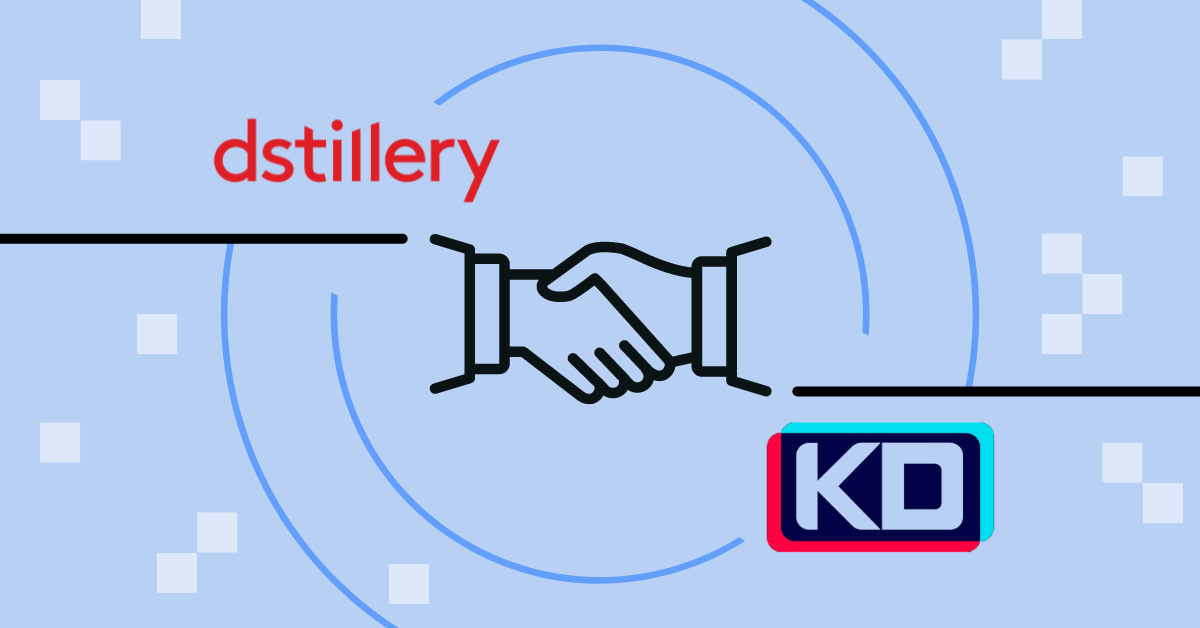Contextual Targeting in Programmatic
Contextual targeting in programmatic plays an essential role in the realm of digital advertising. At its core, it involves displaying ads on websites or platforms where the content is directly related to the advertisement itself. This strategic approach increases relevance and improves user experience, which ultimately leads to higher chances of conversion.
To explore the contextual targeting definition, you must first explore its fundamental elements. Contextual targeting leverages keywords and topics that are pertinent to a particular advertisement. Subsequently, an algorithm scans web pages for these keywords and topics, ensuring that the ad appears alongside content sharing similarities with the product or service being promoted.
The question may arise – how does contextual targeting relate to programmatic? Programmatic advertising automates the process of purchasing ad space through real-time bidding (RTB) or direct buys. It uses data-driven algorithms to determine where an ad should be placed for optimal results. By combining programmatic advertising with contextual targeting, marketers can ensure their ads are displayed on relevant websites with increased efficiency and effectiveness.
Examining contextual targeting examples helps clarify its significance on various platforms.
Example 1: Contextual Targeting – YouTube
YouTube offers a prime environment for implementing contextual targeting strategies due to its vast array of video content covering countless subjects. In this scenario, advertisers can use Google Ads’ video campaign feature to place their ads before, during, or after videos that share context with their promotion. For example, a sports equipment brand may choose to display its advertisement alongside videos featuring sports tutorials or athlete interviews. This enhances user experience by showing ads that resonate with viewers’ interests while simultaneously increasing click-through rates (CTR) and return on investment (ROI).
Example 2: Contextual Targeting – Amazon.
Similarly, Amazon’s online marketplace provides bountiful opportunities for businesses employing contextual targeting tactics. As users browse through millions of products divided into categories and subcategories, they encounter advertisements tailored specifically toward their browsing preferences based on historical data gathered by Amazon’s sophisticated algorithms. In this case scenario, if a customer is browsing through fitness trackers, they may see an advertisement for a compatible accessory such as a wristband or charger. The goal is to ensure that the advertised product aligns with the user’s immediate interests, increasing the probability of a sale.
Contextual targeting (programmatic) can also be complemented by other targeting methods, such as behavioral and demographic targeting, to create even more refined and effective marketing campaigns. It’s crucial for businesses to blend these approaches skillfully to maximize their advertising efforts.
What Is Contextual Targeting In Advertising Overall?
As previously mentioned, contextual targeting in advertising is a clever and effective technique that allows advertisers to display ads relevant to the content of a webpage or digital platform. This approach increases the chances of users engaging with the advertisement, as it is more likely to pertain to their interests at that specific moment. As digital marketing continues to evolve, contextual targeting has become an integral part of leveraging consumer data and preferences to make advertising more insightful and potent.
There are several types of contextual targeting employed by marketers to create a stronger connection between their advertisements and potential customers. Keyword contextual targeting is one such method that relies on matching relevant keywords within the content of a webpage with those used in the advertisement. By identifying words and phrases that are pertinent to both the ad campaign and user-generated content, this form of targeting can increase the likelihood of engagement from viewers who may have a genuine interest in the product or service being promoted.
Another type of contextual targeting focuses on categories, where advertisers select pre-defined classifications for their advertisements based on demographics or topics. These categories can include anything from technology products to health services, enabling marketers to ensure their ads are displayed alongside content with similar themes. Consequently, category-based contextual targeting can lead individuals who consume specific types of material online toward advertisements they are more likely to find compelling.
In addition to these methods, contextual targeting in digital marketing also utilizes data points such as browsing behavior, geographical location, and device information. By analyzing this data, advertisers can deliver tailored ads that resonate with individuals based on factors like personal interests or local events happening in their area.
Through diverse techniques like keyword contextual targeting and category-based approaches, this powerful tool provides advertisers with opportunities for increased reach, improved engagement rates, and enhanced brand loyalty among customers – all while respecting individual privacy concerns within an ever-evolving digital landscape.
Programmatic Advertising
Programmatic advertising is an innovative method of purchasing, selling, and displaying digital advertisements. This approach leverages automation and data-driven targeting to provide advertisers with a more efficient and effective means of reaching their desired audience. The process involves using sophisticated algorithms to analyze consumers’ online behavior and deliver highly relevant ads based on their interests, preferences, and browsing history.
One of the most prominent examples of program domain advertising is real-time bidding (RTB). This is an auction-based system where advertisers bid on ad space available on various websites in real time. As a user visits a site, RTB platforms evaluate the visitor’s profile and determine which advertiser’s bid matches the criteria. The winning bidder’s ad is then displayed instantly to the user. Another programmatic advertising strategy includes private marketplace deals (PMP) or preferred deals that allow advertisers to secure inventory directly from publishers at negotiated rates.
The landscape of programmatic advertising platforms has expanded significantly over recent years. These platforms facilitate the entire process of managing, buying, and optimizing digital ad campaigns across various channels such as display banners, video ads, mobile apps, social media, connected television (CTV), and audio streaming services, among others.
Although there are many programmatic advertising companies, one notable player in this industry is Keynes Digital, a programmatic solution provider that offers full-service solutions for marketers. They pride themselves on their ability to deliver custom-tailored strategies that drive optimal results for clients through data-driven insights.
Keynes Digital offers programmatic advertising solutions that can assist their clients in executing successful campaigns. For instance, they may run a display campaign with a client geared towards expanding their reach. Additionally, they could run a campaign with another client that is solely focused on Connected TV and hitting certain CPA goals. These two programmatic advertising examples demonstrate how Keynes Digital can aid its clients in achieving their campaign objectives.
A crucial aspect of programmatic advertising is programmatic contextual targeting, which involves evaluating the context in which an ad is to be displayed. This method considers factors such as the content of a webpage, the site’s overall theme, and other surrounding elements to ensure that ads are highly relevant to users’ interests and preferences.
Contextual Targeting vs Behavioral Targeting
Contextual targeting and behavioral targeting are two marketing strategies utilized by businesses to engage online audiences more effectively. To fully appreciate their respective merits and applications, it is crucial to first define behavioral targeting in advertising and examine its various facets.
Behavioral targeting involves tailoring advertisements based on users’ previous online actions such as website visits, search history, or clicks on ads. This approach allows marketers to curate personalized messages for individual consumers, thereby fostering higher engagement levels and boosting sales conversions. Some behavioral targeting marketing examples entail promoting relevant products to customers who have previously shown interest in similar items or offering discounts to users who have abandoned their shopping carts.
Behavioral Targeting Pros and Cons
Several advantages are associated with employing behavioral targeting in digital marketing. For instance, it allows for more precise ad placements that result in enhanced click-through rates (CTR) and improved conversion rates. Additionally, this technique enables marketers to optimize campaign spending by focusing on high-value prospects with the greatest potential for conversion.
Despite its benefits, some drawbacks accompany the implementation of behavioral targeting in marketing campaigns. Concerns about privacy invasion may deter some users from engaging with tailored ads or even trigger negative sentiment toward the brand using such tactics. Also, relying heavily on historical data could lead advertisers to overlook emerging trends or new opportunities that might be discovered through alternative marketing approaches.
Various types of behavioral targeting exist that can be applied across diverse advertising channels. These include demographic-based techniques (targeting individuals based on age, gender, and location), psychographic-based approaches (focusing on consumers’ interests and lifestyles), and event-based methods (triggering targeted ads when specific events occur). Combining these different types of behavioral targeting techniques can help maximize their effectiveness while addressing an extensive range of consumer behaviors and preferences.
Companies like Keynes Digital have harnessed the power of advanced technology to facilitate targeted advertisement delivery through innovative platforms. Such tools enable businesses to leverage comprehensive audience insights derived from analyzing user behavior across multiple channels and devices, thereby optimizing marketing campaigns’ performance and driving higher return on ad spend (ROAS).
In comparison to behavioral targeting, contextual targeting involves displaying advertisements based on the content or context of the web page where they appear. Instead of relying on information about individual users’ past behaviors, this method targets ads according to topics and keywords relevant to the displayed content. For example, a travel-related ad might be placed alongside an article discussing popular vacation destinations.
Ultimately, while behavioral and contextual targeting both aim to enhance advertising effectiveness by delivering tailored messages to specific audiences, their approaches differ in terms of data sources and execution methods.
Marketing Automation
Marketing automation refers to the process of employing software and technology to streamline, automate, and measure marketing tasks and workflows. This methodology allows businesses to enhance their operational efficiency and grow revenue streams more rapidly. In essence, marketing automation takes repetitive and time-consuming tasks off marketers’ plates, allowing them to focus on strategic initiatives that drive business growth.
How Does Marketing Automation Work?
At its core, marketing automation software integrates various marketing channels, such as email, social media, web analytics, and customer relationship management (CRM) systems. By doing so, it enables businesses to track their customers’ interactions with their brand across multiple touchpoints. Consequently, these insights empower organizations to create personalized and targeted campaigns that resonate with customers’ unique preferences.
One key player in the realm of marketing automation is Keynes Digital, which offers exceptional expertise in executing data-driven advertising strategies that optimize ad spend while delivering tangible results.
Keynes Digital distinguishes itself from other players in the field by providing comprehensive solutions for both marketing automation and programmatic advertising to ensure that ads are served to the right audience at the right time. Keynes Digital is a prime example of a company that offers organizations robust solutions for driving growth and maximizing ROI across their campaigns. By leveraging advanced technology and in-depth industry knowledge, they empower their clients to thrive in an increasingly competitive market landscape.
Industry Expert Insights
We are your high-touch, performance-focused streaming TV and programmatic advertising partner. Our team of experts and a one-of-a-kind data-driven platform connects you to the best streaming TV marketing strategies.










































